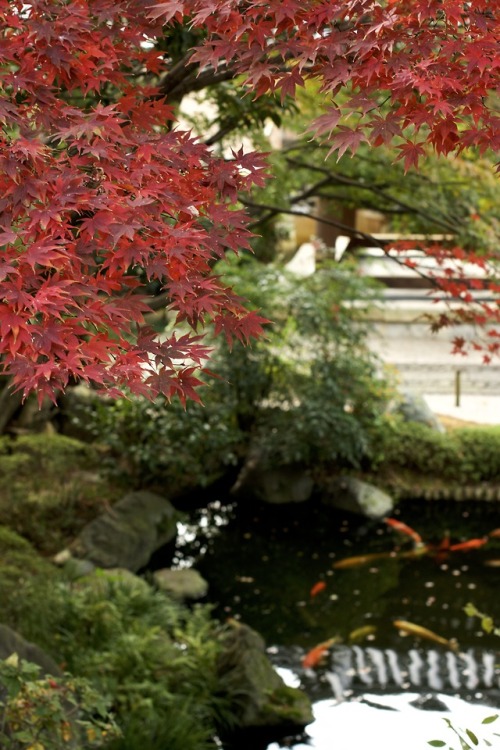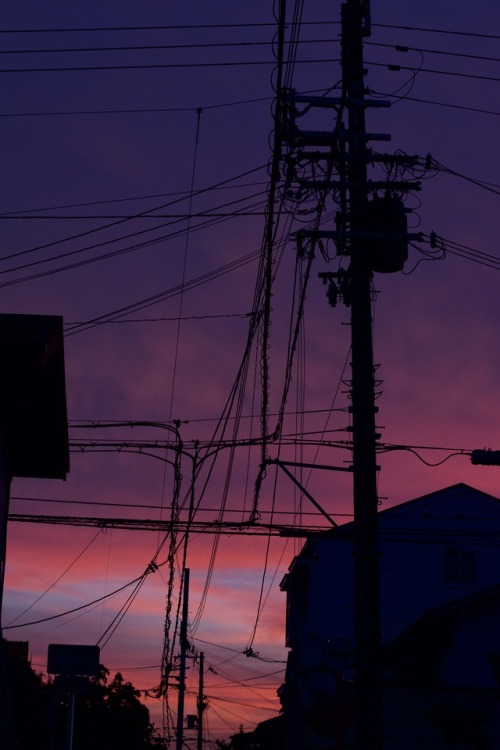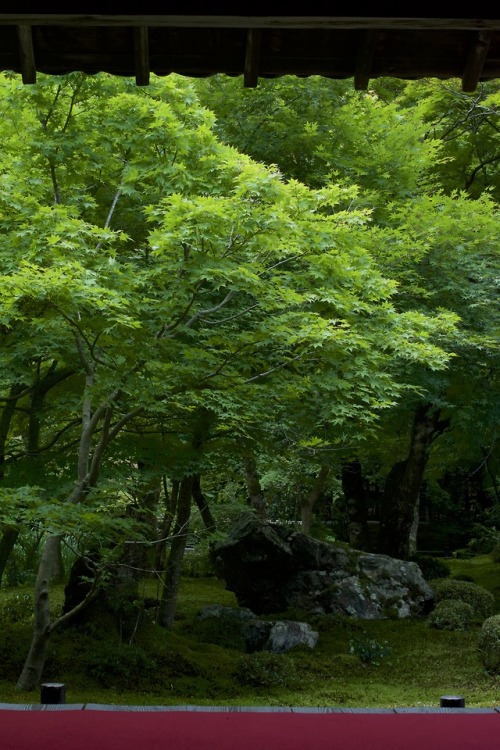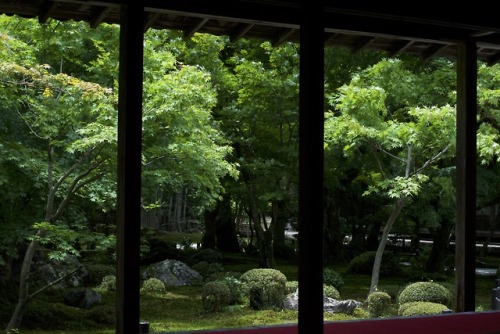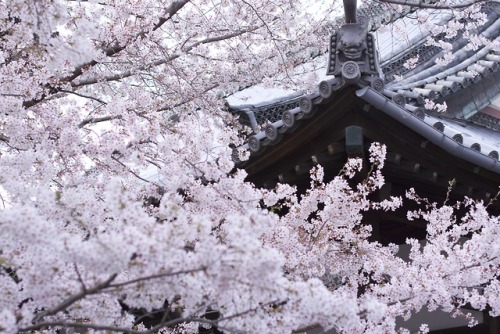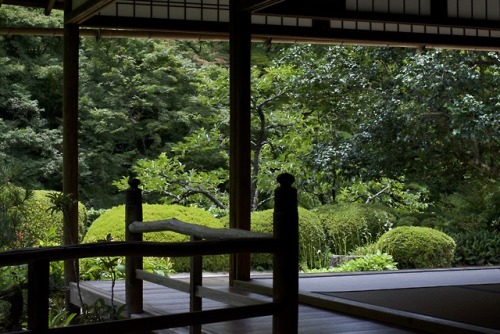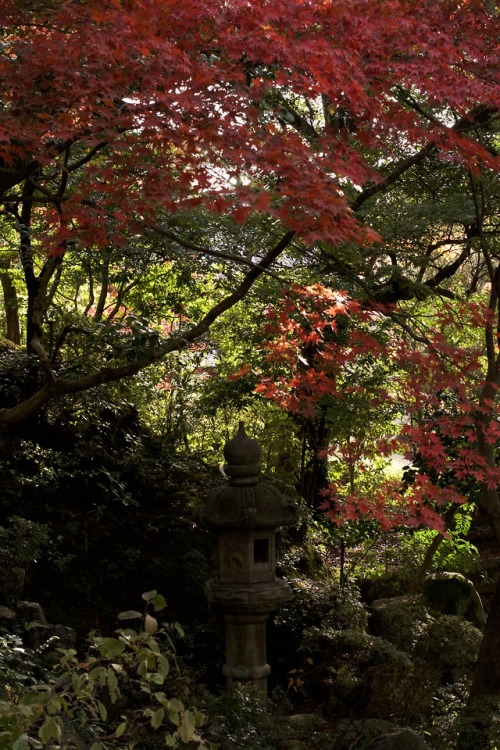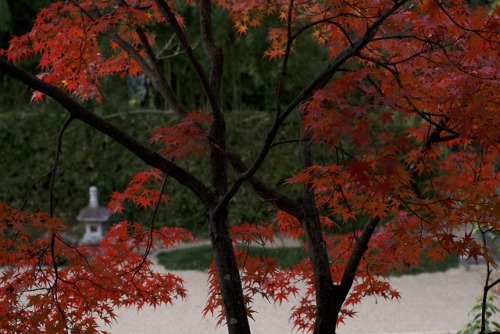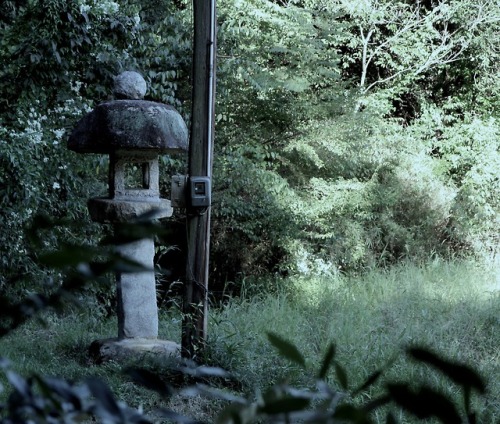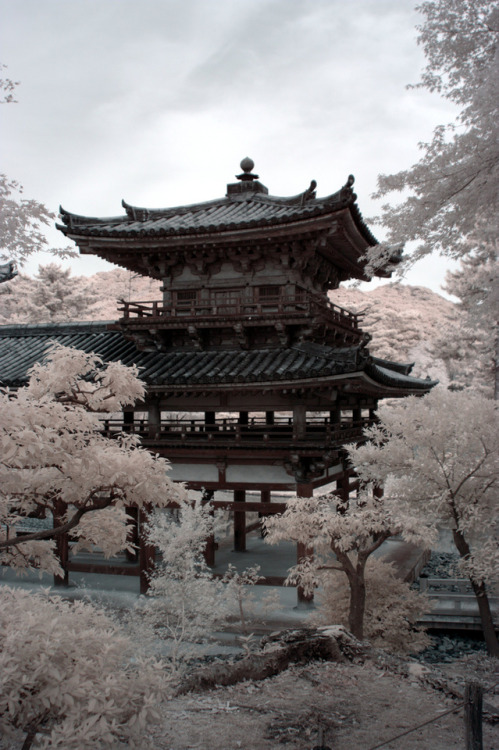#japanese landscape
Utagawa Hiroshige, seudónimo artístico de Andō Tokutarō(Edo, actual Tokio,1797-1858), fue un pintor japonés. Perteneció a la Escuela Utagawa, una de las más reputadas del estilo ukiyo-e. Hiroshige fue uno de los principales exponentes del paisajismo japonés, llevando esta disciplina a un nivel artístico y de estilo de gran calidad. Es también conocido como Andō Hiroshige eIchiyūsai Hiroshige
Hiroshige era dibujante, grabador y pintor, con una prolífica obra desarrollada entre 1818 y 1858, etapa en la que creó más de 5400 grabados. Se distinguió por series de estampas sobre el monte Fuji y sobre Edo (actual Tokio), dibujando con maestría los paisajes y la atmósfera de la ciudad, y captando los momentos de la vida diaria de la capital nipona antes de su transformación durante el período Meiji (1868-1912). Estas obras se caracterizan por su formato vertical, por el control sutil del cromatismo —con el dominio del verde y del azul— y su sentido del primer plano, que sería imitado, más tarde, por la fotografía y el cine.
Texto vía Wikipedia
Imagen vía ArtsDot
Post link
JLPT N4 Grammar - 〜でも
Are you using it right??
In this episode we tackle the differences between でしょう, だろう(ね),and だろ and look into gender differences in Japanese speech.
————-
Welcome to Benkyogo!
In our ぶんぽうご Real Japanese Grammar series, Nani and Mani are deep diving into the textbook grammar required for the JLPT, throwing out the stuff you’ll never use, and teaching you how to speak authentically whilst expressing your own personality.
⭕️ You WILL:
- Understand grammar in real life context- Be told when and where to forget the BS - Get to listen to 2 random people free-talking about Japanese grammar
❌ You WON’T:
- Sound boring when talking to your Japanese friends - Say anything rude to your Japanese boss - Speak like you’re fresh outta your favourite anime
We don’t claim to be experts, we’re just 2 Japanese speakers (one native, one second language) chatting about the DO’s and DON’T’s of Japanese grammar in the 21st century. Keep up, textbooks!!
————-
Check out https://benkyogo.co.uk/for detailed hints, tips and resources to self-study Japanese.
⛩Check out our store at https://www.etsy.com/shop/benkyogo
Who’re Benjogami?

It has been a hot minute since I posted Japanese folklore contents here, so, let’s gradually restart the trend!
Benjogami [便所神] also referred to as Sasugami [サス神] in Okayama Prefecture¹, Kanjogami [閑所神] in Miyagi Prefecture², or Kawayagami [厠神] in general³ are deities (usually a pair of male and female) of toilet mostly enshrined inside a restroom (like the ones above inside the restroom of Sendai City Museum of History and Folklore [仙台市歴史民俗資料館] in Miyagino Ward [宮城野区], Sendai City [仙台市], Miyagi Prefecture) and aside from being venerated due to their connection with securing hygiene via proper swage system³, their folkloric depictions are what inspired the creation of haunting entities in school restrooms from Japanese horror stories such as “Red Paper/Blue Paper” [赤い紙/青い紙] (plus other color variations).
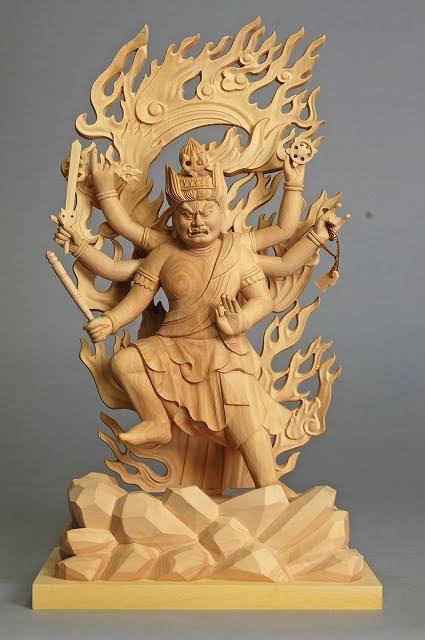
Before we dive into contemporary stories, however, there are few notable features of Benjogami other than solely guarding restrooms. In places such as Ōta Ward [大田区] (Tōkyō), Benjogami are also related with child delivery believing that a family who keeps the restroom clean would be blessed with a good child as a result of appeasing Benjogami who would help the housewife during labor⁴. Another feature of Benjogami worth mentioning is how they’re conflated with Fudōmyō'ō [不動明王]/Acalanātha in many locations within Okayama Prefecture (e.g.: Maniwa City [真庭市])¹. Reasons to why this syncretism occured in Okayama Prefecture alone despite of Fudōmyō'ō not having anything to do with restrooms anywhere else are unclear. However, an educated guess can be made that another Buddhist deity called Ususama-myō'ō [烏枢沙摩明王]/Ucchuṣma (above) could’ve probably been replaced by Fudōmyō'ō due to the latter’s popularity in Japan and how they’re both Myō'ō [明王]/Vidyārāja with the key descriptive difference being that Ususama-myō'ō is traditionally considered as a deity who guard’s (via “purification”) restrooms in temples/monasteries⁵ just as Benjogami would. And now, for the spooky part!

Benjogami are generally feared. Like the belief² from Miyagi Prefecture tells, people would fall on their back and swoon from merely coming across these deities. Henceforth, such characteristics could’ve evolved over time and subsequently giving birth to “Gakkō-no-kaidan” [学校の怪談] (or “Haunting Tales From School”) style of entities like “Red Paper/Blue Paper” mentioned earlier because the most commonly endorsed color combination of red and blue in the said story is seen on traditional Benjogami idols (below) from Kanazawa City [金沢市] (Ishikawa Prefecture)⁶ as well; hinting to the possibility that the story in question could’ve theoretically be founded on Benjogami folklore. Folktales/beliefs of Benjogami as motif/reference in restroom related Japanese horror stories could also be observed during Edo Period such as with the story titled “Kurote-giri” [黒手切り] from modern day Ishikawa Prefecture. This story via “Shifugoroku” [四不語録] (Edo Period) by Yamai Asaka [浅香 山井] (n/a) told of a happening where the wife of a villager named Jingobē [甚五兵衛] reported her husband about how a disembodied hand caressed her butt cheek when she was using the restroom. I won’t go too much in depth here due to the rest of this story being off topic for now, but the point of me referencing it is because Benjogami are also reported to do something similar to unsuspecting people. Like in a legend⁷ from Koshigaya City [越谷市] (Saitama Prefecture), where Benjogami are said to scratch the butt cheek of people who tries to use the toilet at 6 PM.

It has been a while so I apologize for this subpar content, but there you have it!
Source:
1. “Okayamakenshi: Chapter 6 Minkan-shinkō-to-shūgendō…” [岡山県史: 第六章 民間信仰と修験道 第一節 屋敷神と屋内神: (二 屋内神)] (1983) by the Editorial Board of Okayama Prefecture’s History [岡山県史編纂委員会]
2. “Miyagikenshi Minzoku 3:…” [宮城縣史 民俗3: 妖怪変化・幽霊: 妖怪変化] (1956) by the Society of Miyagi Prefecture’s History (NPO) [財団法人宮城県史刊行会]
4. “Seikō-minzoku: Osan-ni-tachiau-kami…” [西郊民俗: お産に立ちあう神 東京都大田区の事例] (1982) by Keiko Nakashima [中島 恵子] (n/a)
5. “Mikkyō-no-seinaru-jumon” [密教の聖なる呪文] (2019) by Akira Masaki [正木 晃] (1953-present)
6.Via Doll Museum [人形ミュージアム] (official website)
7. “Tabi-to-densetsu:…” [旅と伝説: 埼玉県越ヶ谷地方の俗信] (1933) by Kentarō Fukushima [福島 憲太郎] (n/a)

